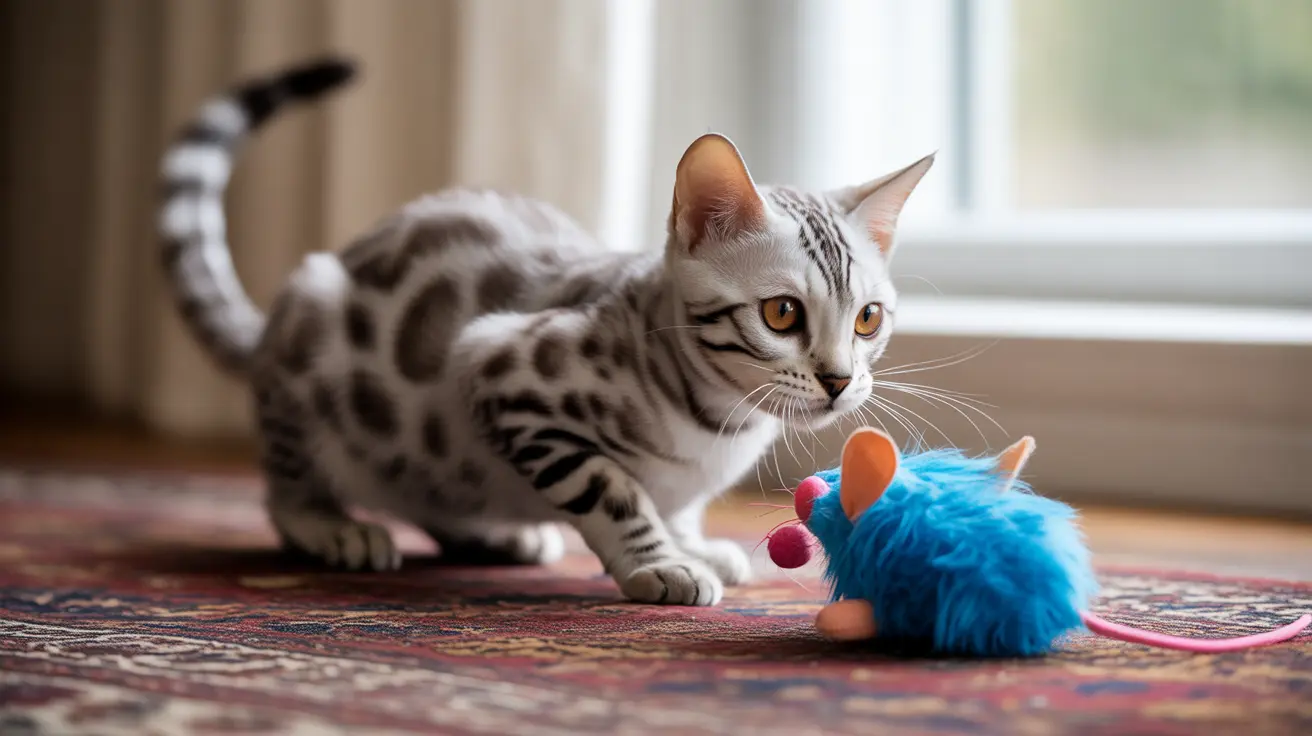Many cat owners wonder about their feline friends' ability to perceive colors, especially when choosing toys, accessories, or home décor. The fascinating truth about cat vision reveals a world quite different from what humans experience, particularly when it comes to colors like pink.
While humans enjoy a rich spectrum of colors, cats live in a more muted world dominated by blues, greens, and yellows. Their unique visual system has evolved to excel in low-light conditions and detect motion rather than distinguish between vibrant hues.
How Cats Process Color Vision
Cats are dichromats, meaning they have two types of cone cells in their retinas, compared to humans' three. These cones are primarily sensitive to blue and green-yellow wavelengths, significantly impacting how they perceive their environment.
Their retinas contain more rod cells than cone cells, which explains their superior night vision but limited color perception. This evolutionary adaptation helps them excel as crepuscular hunters, active during dawn and dusk.
The Truth About Pink in Feline Vision
When it comes to pink, cats experience a significantly different reality than humans. Due to their lack of red-sensitive cone cells, pink appears as a muddy, grayish shade to cats. They cannot distinguish the warm, vibrant pink that humans see.
This limitation extends to other reddish hues as well. Colors like red, orange, and purple appear muted or gray to cats, making these colors less significant in their daily visual experience.
Colors That Cats Can See Clearly
- Blues appear most vivid and distinct
- Some greens are visible but less vibrant
- Yellow hues are detectable but muted
- High-contrast patterns are easily recognized
Impact on Cat Behavior and Daily Life
- Using blue or green toys for better visibility
- Focusing on movement and contrast rather than color
- Incorporating texture and sound elements
- Avoiding reliance on red or pink items for visual stimulation
The Evolution of Feline Vision
- Superior night vision
- Excellent motion detection
- Enhanced peripheral awareness
- Precise depth perception at hunting distances
Frequently Asked Questions
Can cats see the color pink, and what does pink look like to them?
No, cats cannot see pink as humans do. To cats, pink appears as a dull, grayish shade due to their lack of red-sensitive cone cells in their retinas.
Which colors are most visible and appealing to cats?
Blues and greens are most visible to cats, followed by yellow hues. These colors appear more distinct in their vision, while other colors appear muted or gray.
Why do cats see colors differently than humans?
Cats have dichromatic vision with only two types of cone cells (sensitive to blue and green-yellow), while humans have three types (red, green, and blue). This results in a more limited color spectrum for cats.
How does a cat's color vision affect their preference for toys and collars?
Cats are more likely to engage with toys in blues or greens because these colors are more visible to them. However, movement and contrast are more important than color in attracting their attention.
What role does cat vision play in hunting and navigating in low light?
Cats' vision is optimized for hunting and navigation in dim conditions, with superior night vision and motion detection capabilities, though this comes at the expense of color perception.
Conclusion
While cats may not see pink or experience the full spectrum of colors that humans do, their vision is perfectly adapted to their needs. Understanding these limitations can help pet owners make better choices for their cats' enrichment and environment while appreciating the unique way their feline companions view the world.






